Archives
- 2025-11
- 2025-10
- 2025-09
- 2025-03
- 2025-02
- 2025-01
- 2024-12
- 2024-11
- 2024-10
- 2024-09
- 2024-08
- 2024-07
- 2024-06
- 2024-05
- 2024-04
- 2024-03
- 2024-02
- 2024-01
- 2023-12
- 2023-11
- 2023-10
- 2023-09
- 2023-08
- 2023-06
- 2023-05
- 2023-04
- 2023-03
- 2023-02
- 2023-01
- 2022-12
- 2022-11
- 2022-10
- 2022-09
- 2022-08
- 2022-07
- 2022-06
- 2022-05
- 2022-04
- 2022-03
- 2022-02
- 2022-01
- 2021-12
- 2021-11
- 2021-10
- 2021-09
- 2021-08
- 2021-07
- 2021-06
- 2021-05
- 2021-04
- 2021-03
- 2021-02
- 2021-01
- 2020-12
- 2020-11
- 2020-10
- 2020-09
- 2020-08
- 2020-07
- 2020-06
- 2020-05
- 2020-04
- 2020-03
- 2020-02
- 2020-01
- 2019-12
- 2019-11
- 2019-10
- 2019-09
- 2019-08
- 2019-07
- 2019-06
- 2019-05
- 2019-04
- 2018-07
-
To test the compounds metabolic stability we measured the ha
2023-01-16
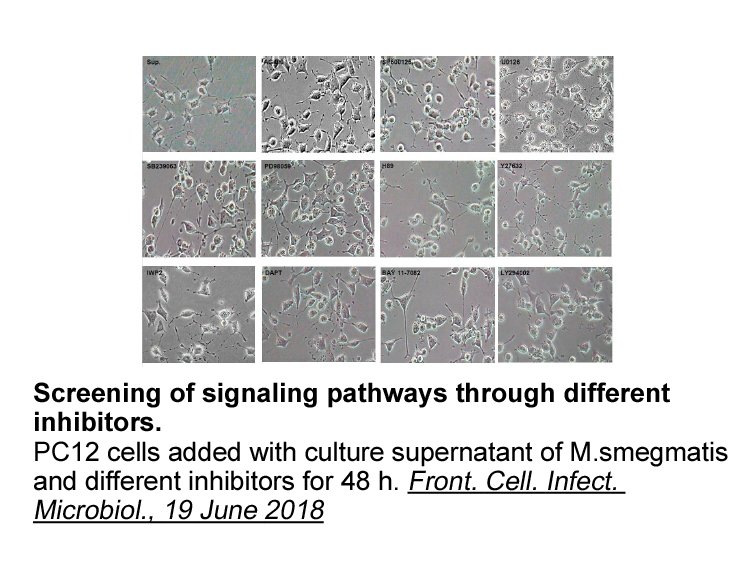
To test the compounds metabolic stability, we measured the half-life of compounds and in mouse hepatic microsomes (1mg/mL) and found them to have modest stability, with half-lives of 7.5 and 2.9min respectively, indicating these compounds may be unsuitable for studies. In order to gain structura
-
br Acknowledgments br Introduction Human innate immune syste
2023-01-16
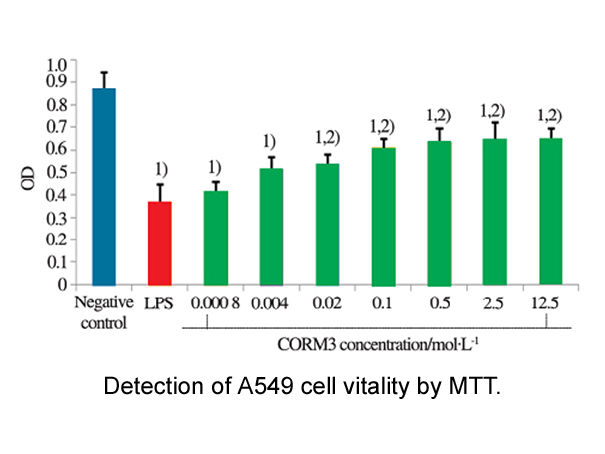
Acknowledgments Introduction Human innate immune system provides first line of defense against multiple viral or bacterial attacks, and provides critical surveillance against oncogenic development. Evidences show that individuals with primary immunodeficiency or induced immunosuppression durin
-
The current findings proved that citral treatment induced
2023-01-16
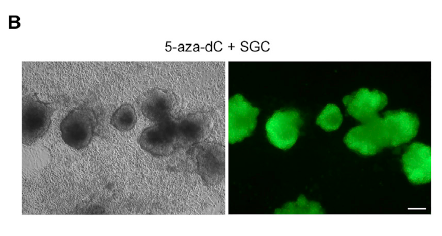
The current findings proved that citral treatment induced mitochondrial-mediated apoptotic cell death in both HCT116 and HT29 through the p53 and ROS. As such, citral promoted apoptosis as evident by the externalization of PS and dissipation of Δψm at 24h of treatment in HCT116 and HT29 cells. These
-
br Introduction Endothelial progenitor cells EPCs present
2023-01-16
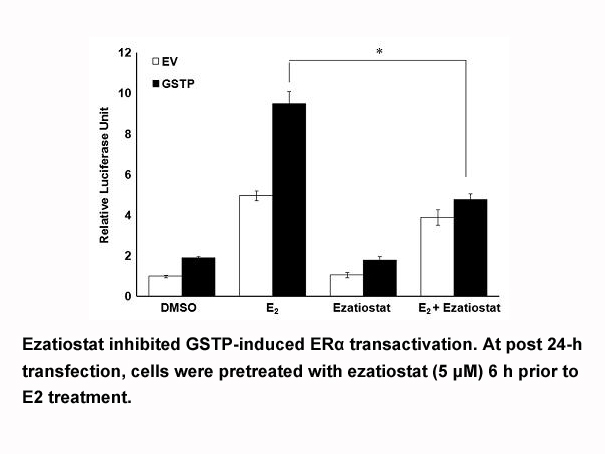
Introduction Endothelial progenitor cells (EPCs) present a class of blood cells with an ability to form new blood vessels relying on pre-existing vessels, which contribute to postnatal angiogenesis [1], [2]. A wide range of studies have demonstrated that EPCs play a critical role in angiogenesis
-
Apelin is involved in various physiological functions
2023-01-16
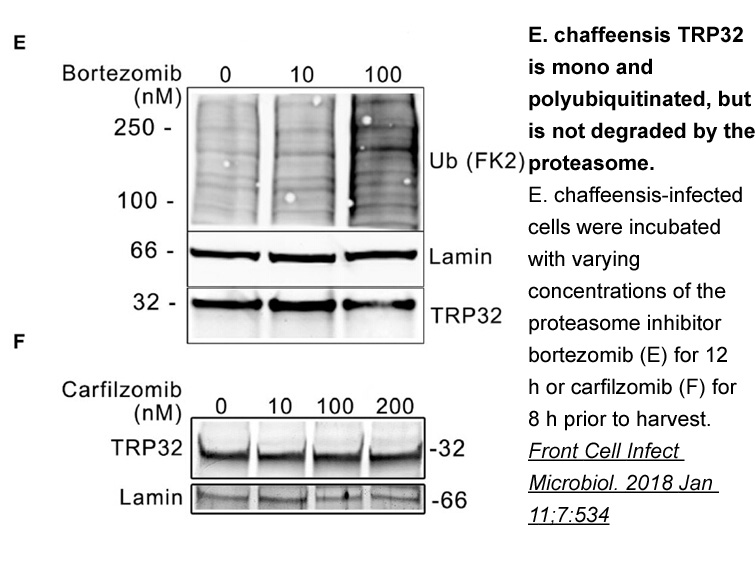
Apelin is involved in various physiological functions, including Demethoxycurcumin mg contraction (Ashley et al., 2005), vasodilatation (Jia et al., 2007), feeding control (Valle et al., 2008), and metabolic homeostasis (Higuchi et al., 2007, Dray et al., 2008, Attane et al., 2010). Its plasma leve
-
br MADS box proteins in plants a flourishing
2023-01-16
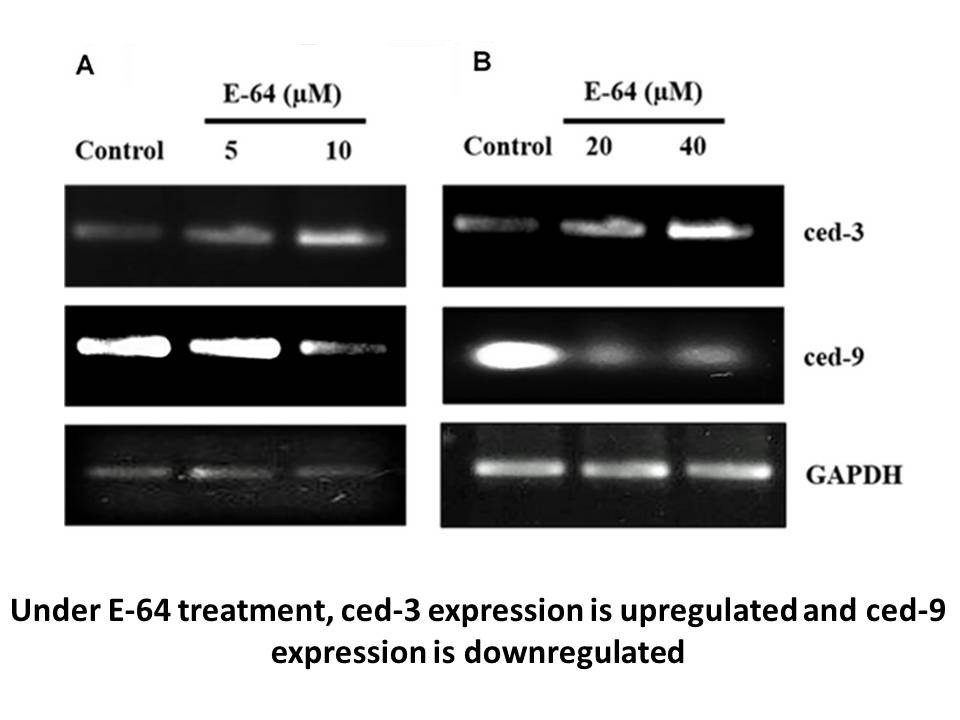
MADS box proteins in plants, a flourishing family In contrast to animals, homeotic genes in plants do not code for homeodomain-containing proteins, but rather, in almost all cases, for MADS domain proteins. The sequencing of the genome of Arabidopsis thaliana revealed more than 100 putative MADS
-
Imatinib was first approved for
2023-01-14
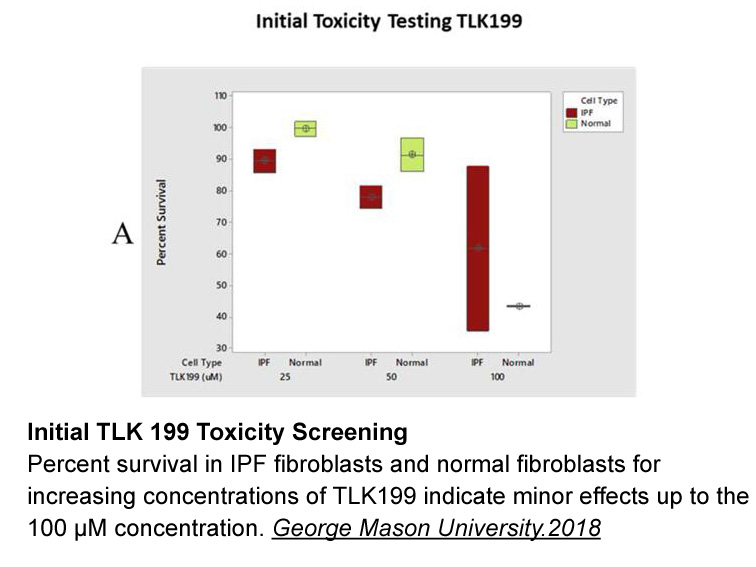
Imatinib was first approved for the treatment of Philadelphia chromosome positive chronic myelogenous leukemia in 2001 [25]. This first approved small molecule antagonist is quite unusual in that it provides a durable response that lasts for more than a decade in the majority of patients. Imatinib h
-
The decreased AR mediated response has been attributed to di
2023-01-14
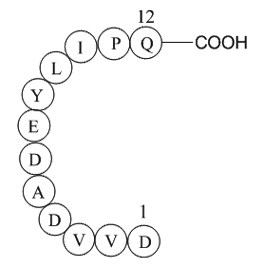
The decreased βAR-mediated response has been attributed to different mechanisms, including an attenuation of PKA activation, an impaired generation of cyclic AMP, a reduced receptor density, and a less efficient coupling to adenylyl-cyclase [10]. However, currently there is no single molecular or ce
-
br Experimental procedures br Results br Discussion
2023-01-14
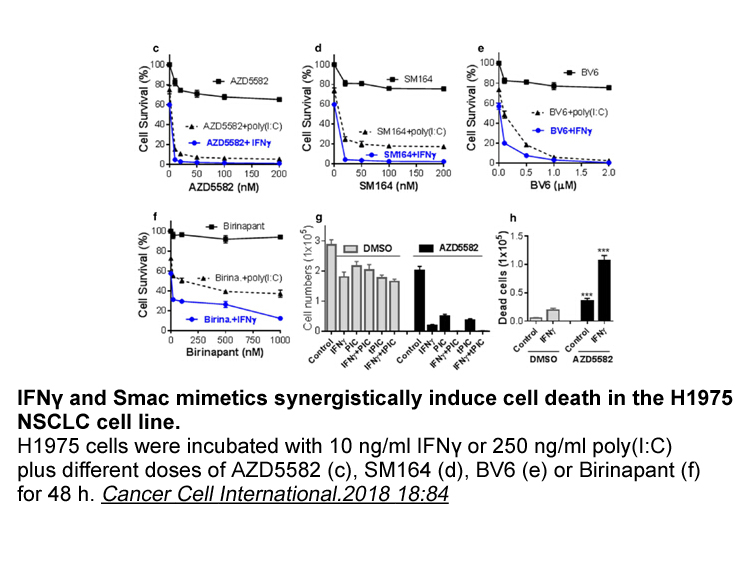
Experimental procedures Results Discussion Acknowledgments Introduction β-Adrenergic receptors (β-ARs) belong to the superfamily of membrane proteins termed G protein-coupled receptors. β-ARs are distributed in the effector fty720 receptor of most of the sympathetic nerve fibers, and
-
br Author contributions br Acknowledgements
2023-01-14

Author contributions Acknowledgements We thank Dr. Bob Hammer and the Transgenic Core Facility at UTSW for the generation of the transgenic lines, John Shelton and the Histology Core for assistance with histology and the UTSW Metabolic Core Unit for help in phenotyping. We acknowledge support
-
br Regulation of V ATPase assembly in
2023-01-13
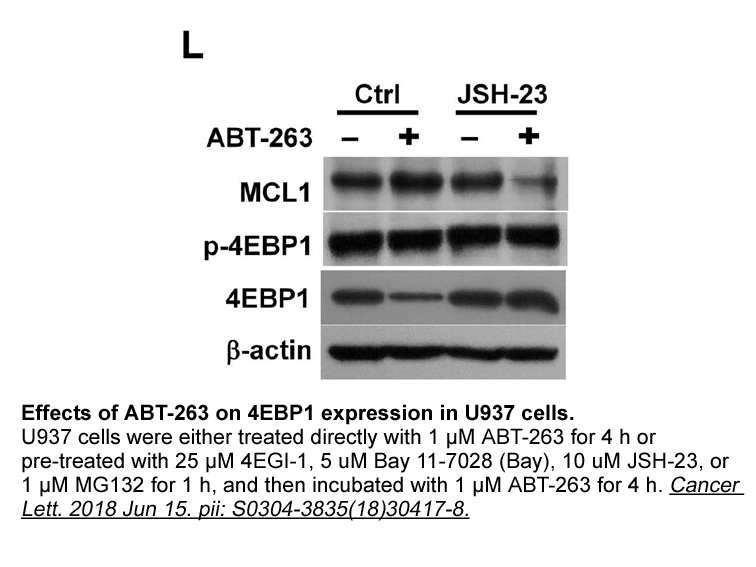
Regulation of V-ATPase assembly in response to changes in amino fmoc osu levels A central regulator of cell growth and metabolism is mTORC1 [38]. mTORC1 integrates signals from nutrient availability and growth factor receptors to control such processes as protein and lipid synthesis and autophag
-
The main function of ATR CHK signaling is activating cell
2023-01-13

The main function of ATR/CHK1 signaling is activating Fmoc-Ser-OH checkpoint arrest for S and G2 phases in mammalian cells. There are three checkpoints in response to DNA damage: G1/S, G2/M, and S-phase. The G2/M checkpoint can prevent cells that incur DNA damage in G2 phase or progress into G2 phas
-
br Conclusions In sum enhanced incentive motivation in
2023-01-10
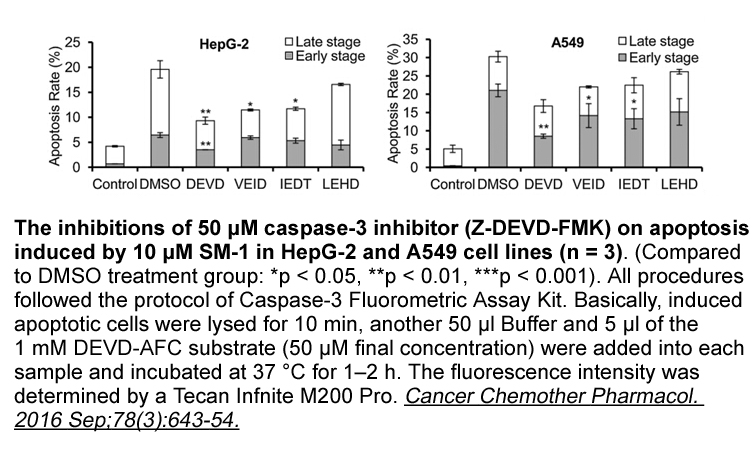
Conclusions In sum, enhanced incentive motivation in obesity-prone rats is mediated by NAc CP-AMPARs. These neurobehavioral differences may render obesity-susceptible populations more sensitive to the motivational influence of food cues, producing more intense, focused, “wanting” that may limit t
-
In the search for more specific inhibitors
2023-01-10

In the search for more specific inhibitors of uptake2, Iversen and Salt (1970) speculated that steroids may potentiate the actions of catecholamines on vascular smooth muscle by inhibiting uptake2-mediated catecholamine clearance of the transmitters. They went on to demonstrate that a variety of ste
-
Whether similar mechanisms play a role in adiponectin signal
2023-01-10

Whether similar mechanisms play a role in adiponectin signal transduction and whether additional proteins are recruited to adiponectin receptors via APPL1 has not been analysed so far. Although it has been clearly established that APPL1 is a downstream adaptor protein in adiponectin signal transduct
15331 records 331/1023 page Previous Next First page 上5页 331332333334335 下5页 Last page